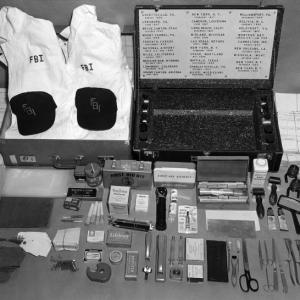
Location: Clark Hall Room 206, 11130 Bellflower Road, Cleveland, OH 44106
The years following WWII witnessed a dramatic shift in disaster victim identification in the United States. What had once been a fragmented effort proscribed by local resources developed into an orderly and scientific system bolstered by national networks of specialists. In the 1940s, however, police, coroners, and physicians around the country were inspired by their firsthand experiences with mass-fatality events to find more efficient and objective means of identification and to develop new methods for reading the body. In her talk, Vicki Daniel, an Instructor in the Department of History and SAGES Teaching Fellow, will discuss how these new systems of identification were shaped by the larger social and political context of the Cold War to transform disaster identification into a symbolic performance of the state’s ability to protect its citizens in times of political uncertainty and corporeal threat.
Pre- lecture reception begins at 4:15 pm.
This event is free and open to the public.
About the Speaker:
Dr. Daniel is an historian of American medicine and the body, with specific interests in the practices centered on the dead body. Her current research focuses on the history of disaster victim identification in the United States in the late nineteenth and early-twentieth century. This project explores how objective scientific perspectives on the unidentified dead came to gain authority over the subjective views held by victims’ family and friends, particularly through the use of new visualizing technologies that abstracted the corpse into forms of data.

